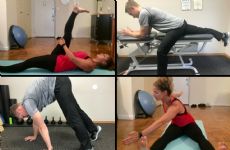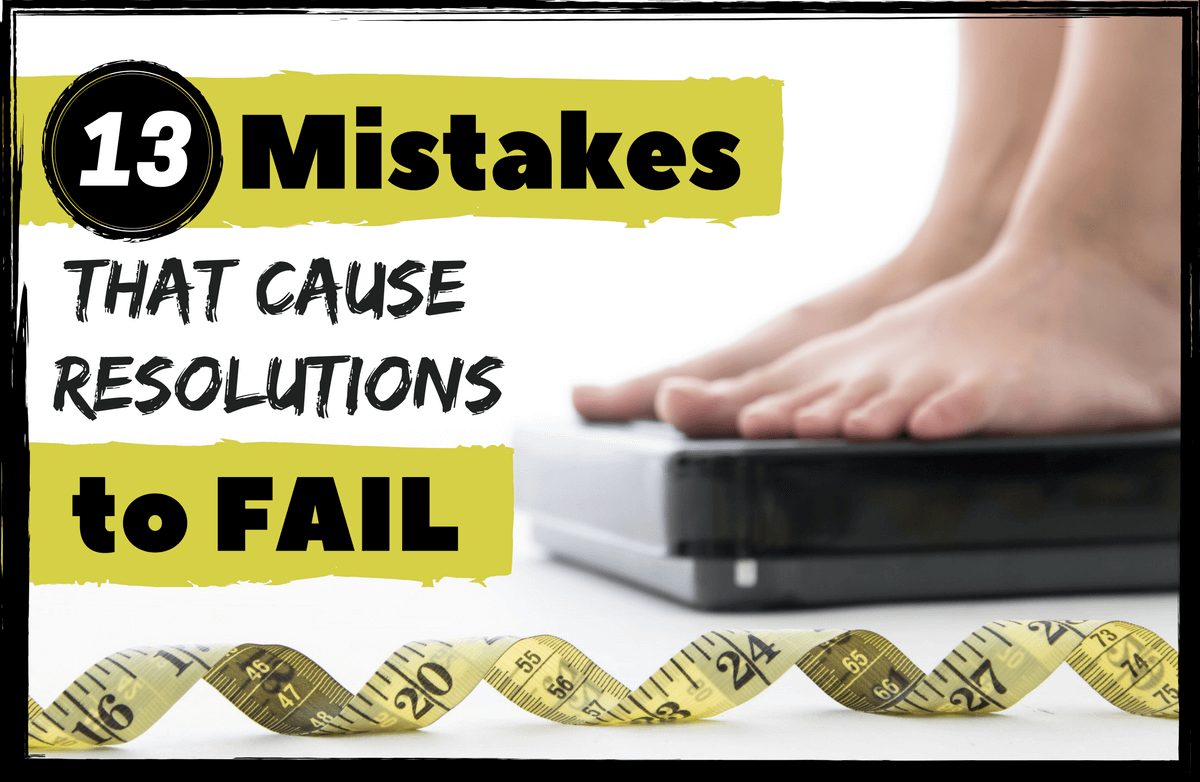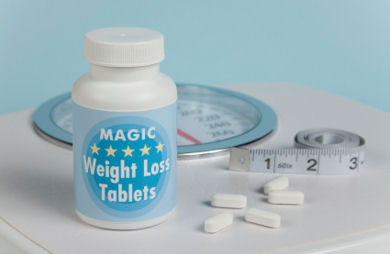|
If you've ever experienced back pain, you know how debilitating it can be. You're not alone: According to the National Institute of Neurological Disorders and Stroke, 80 percent of Americans will suffer from back pain at some point in their lives. What can you do to stay clear of that statistic? There's no need to waste your money on heating pads, supportive belts or other "miracle" remedies. According to new research published this week in JAMA Internal Medicine, a pain-free back could be just a few squats away. After researching 21 studies involving more than 30,000 sufferers, professor Chris Maher and his team found that exercise alone reduced the recurrence of low back pain by up to 40 percent within the year after an episode. This may be surprising, especially since your first instinct is typically to rest when your back hurts. But Maher maintains that rest is actually the worst thing you can do: "What we do understand about the back it that the more you use it, the more likely you are to keep it strong, fit and healthy," he told NPR in a study published earlier this week. He also points out that most doctors prescribe passive treatments like medication, traction or ultrasounds, when exercise can provide much more effective results—without spending a single penny or filling a prescription. Another bit of good news: the study found that pretty much any type of exercise—cardio, strength training or even simple stretches—will deliver the back-boosting benefits. That said, there are some targeted techniques that directly strengthen the back and core. By integrating these exercises into your daily routine, you could slash your chances of a future back attack by nearly half. Maher's research also suggests that educating yourself about back pain helps prevent future flare-ups. Already suffering from lower back pain? Try these lower back pain exercises—and keep moving even after the pain is gone. |
Related Entries
More From SparkPeople
|


.jpg)




















